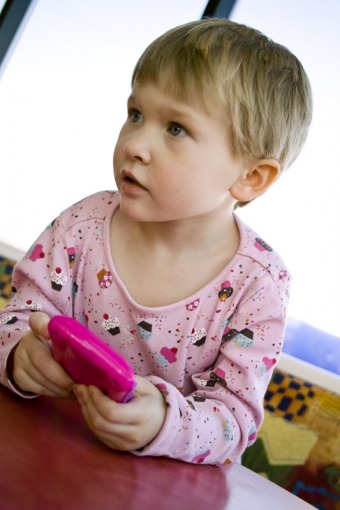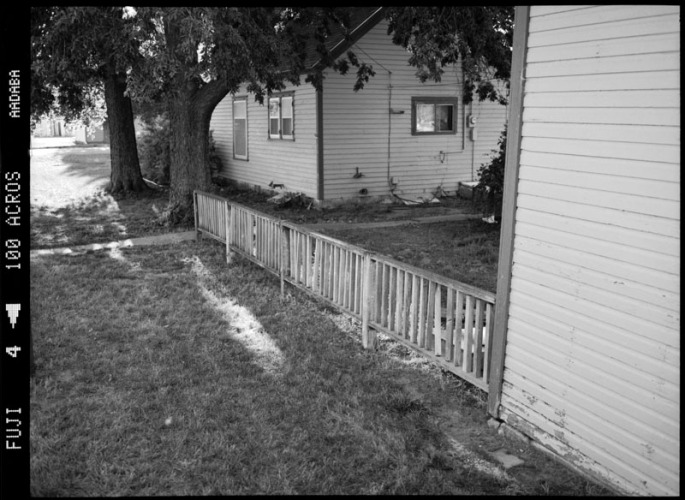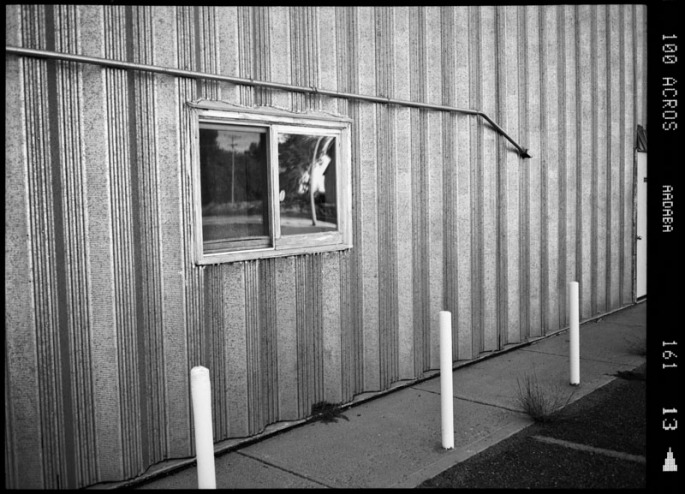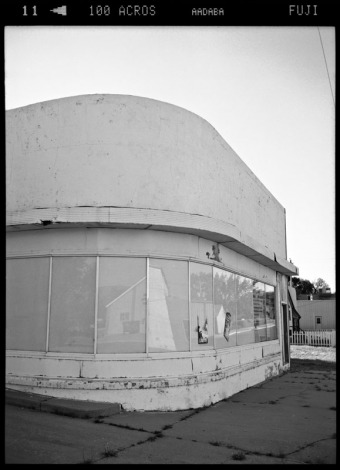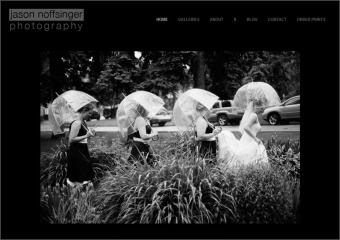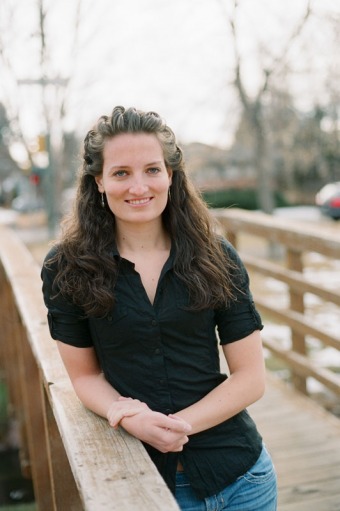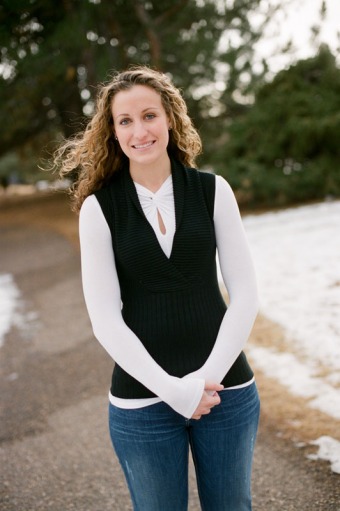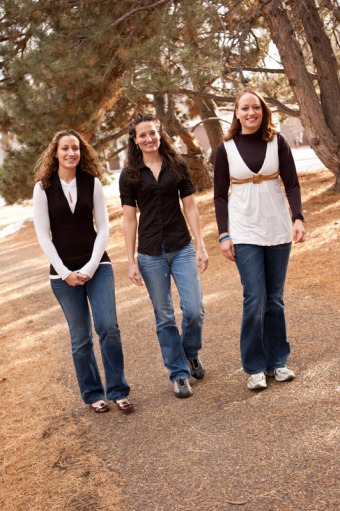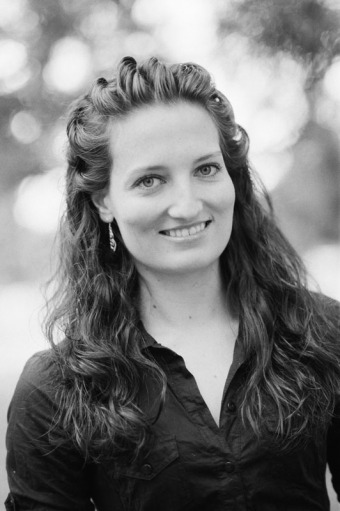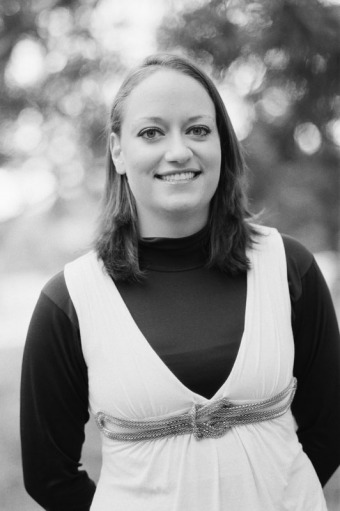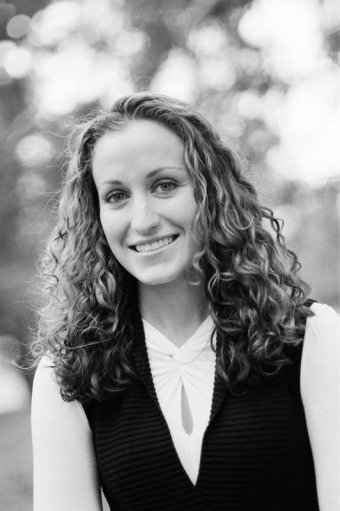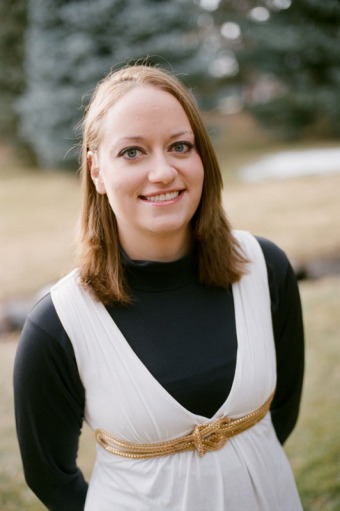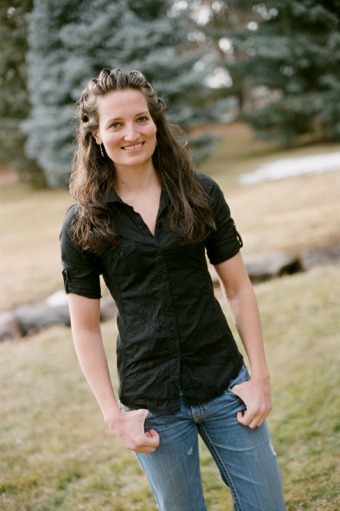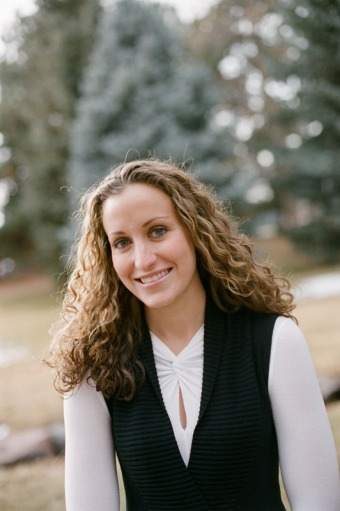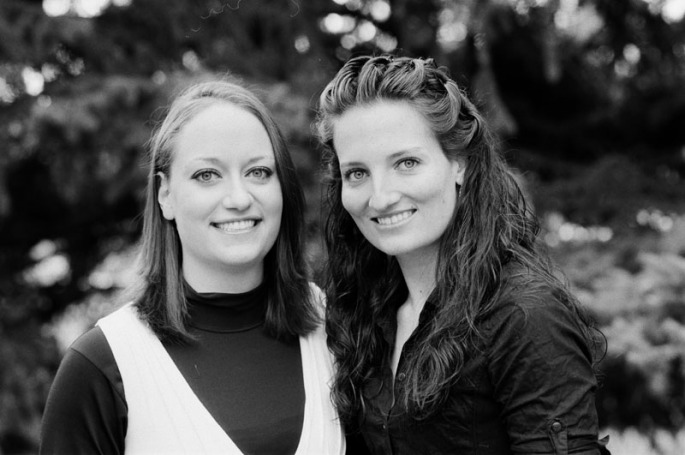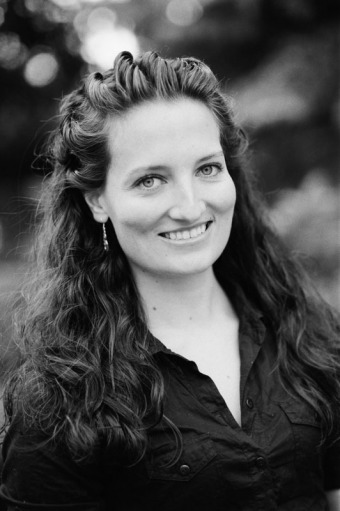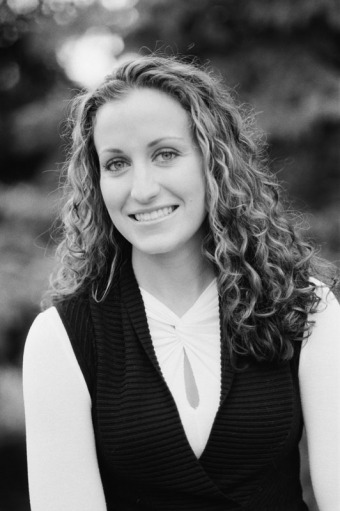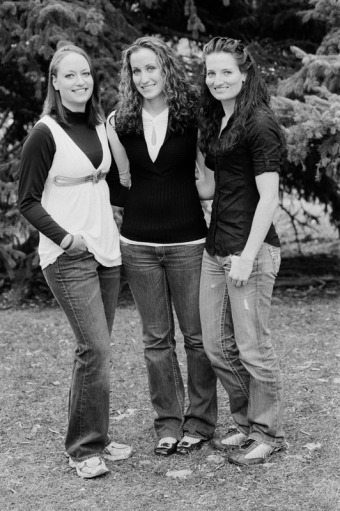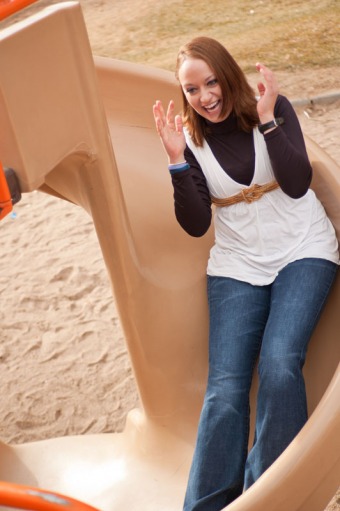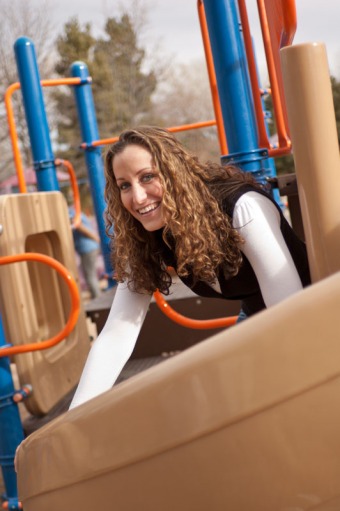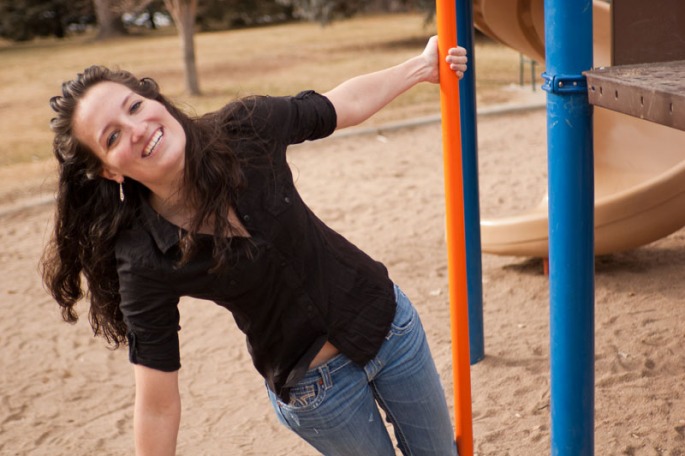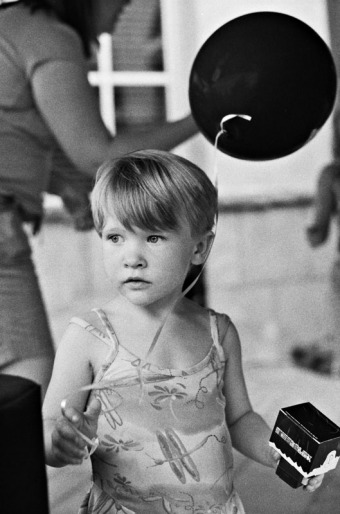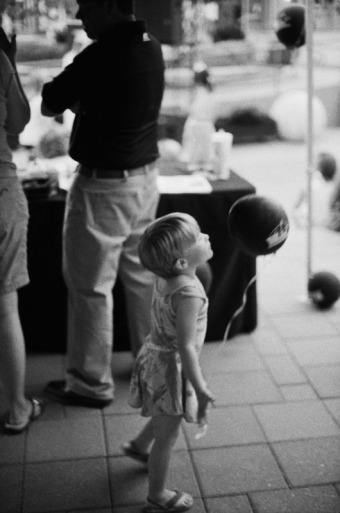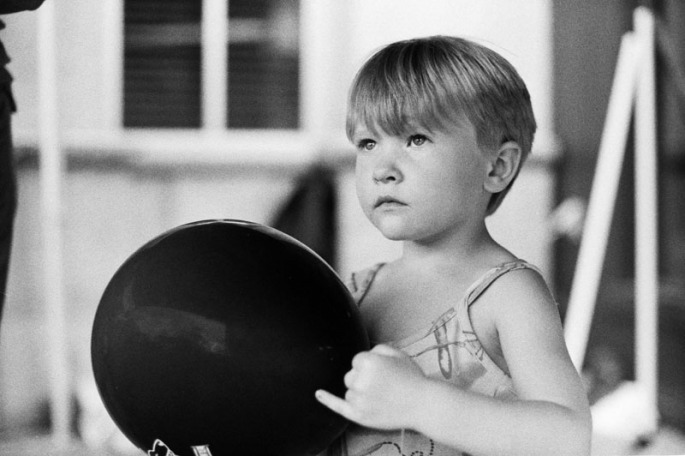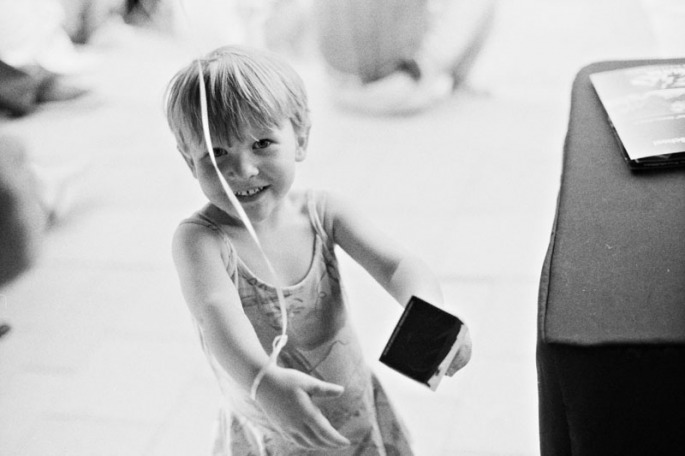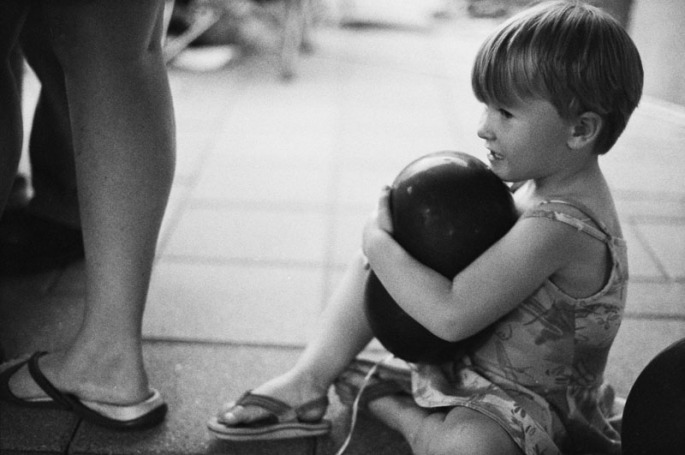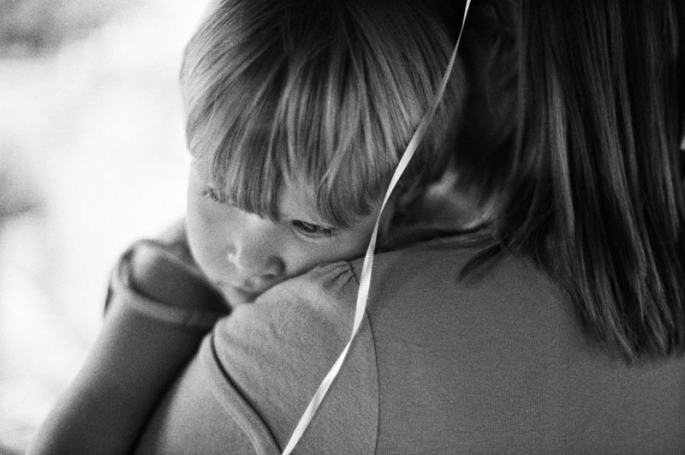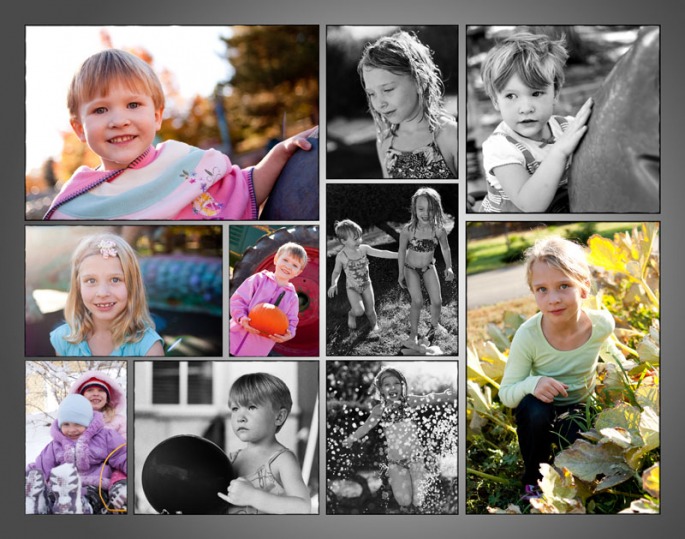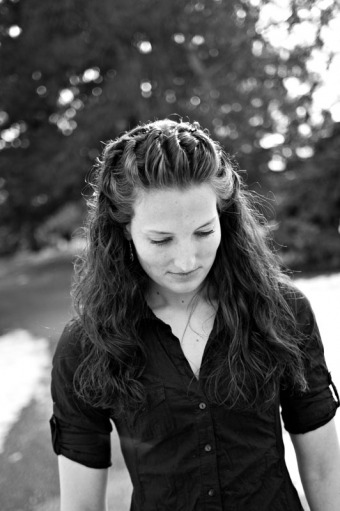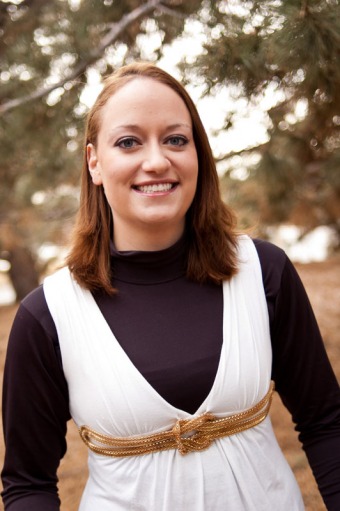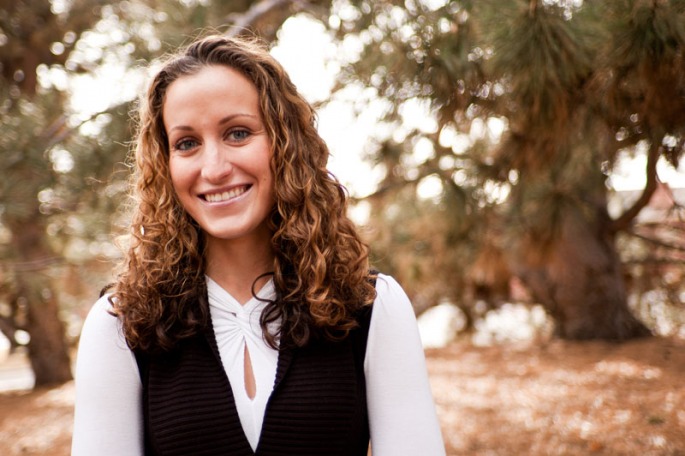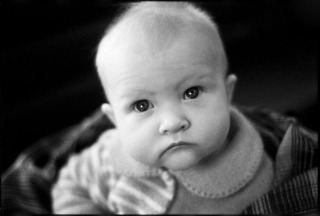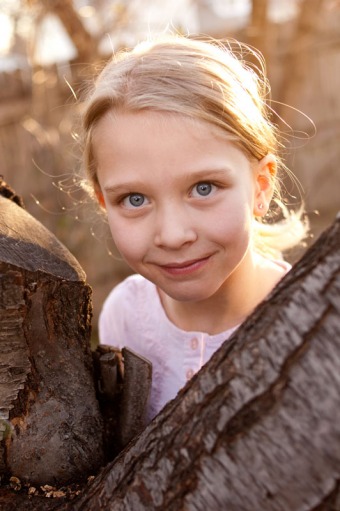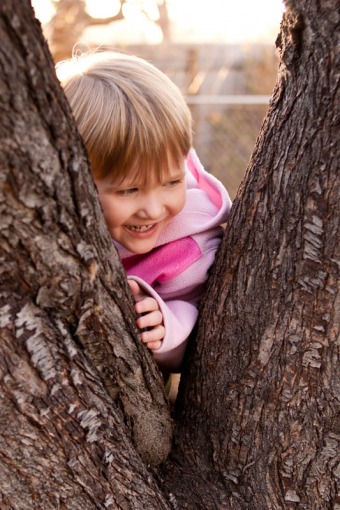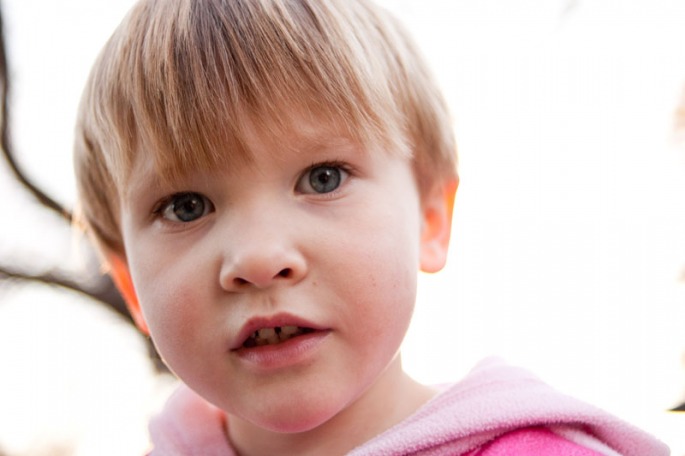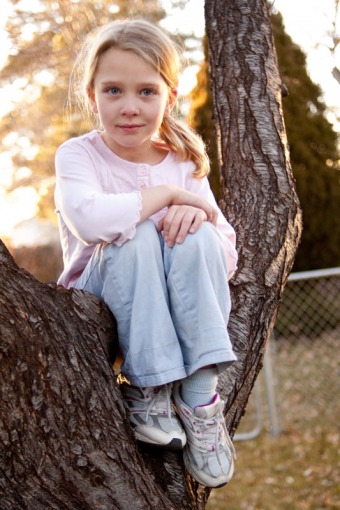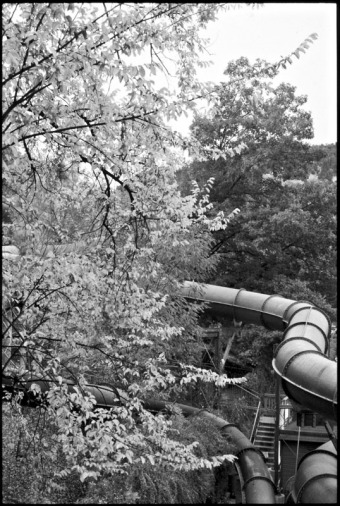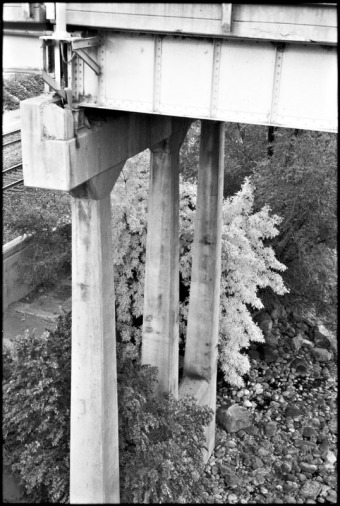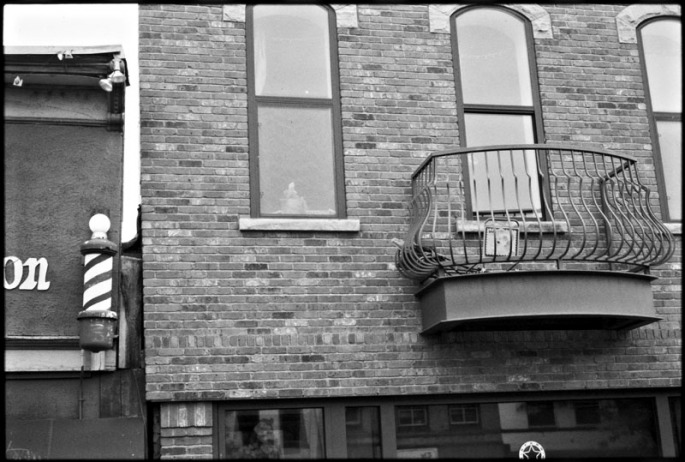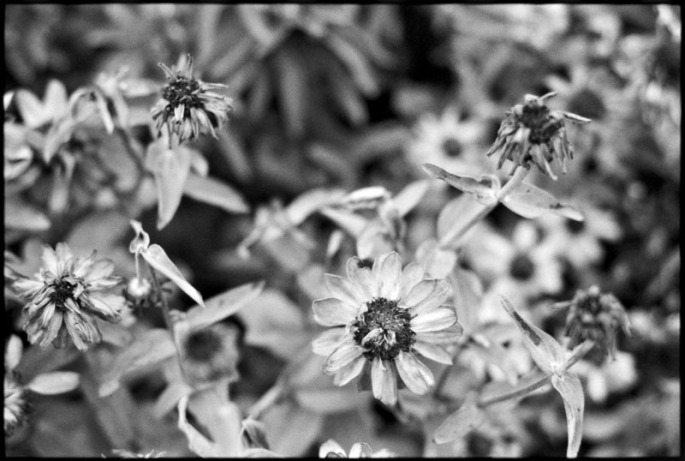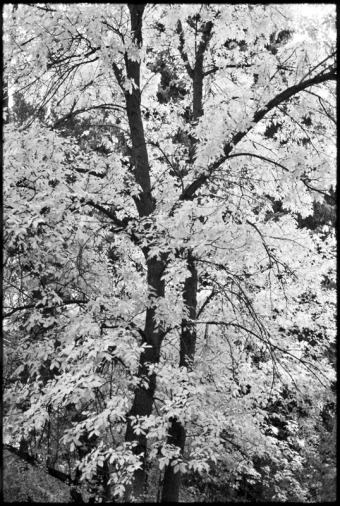As many of you know, I was laid off back in April of 2010. Since that time, I have been splitting my time between running my photography business and looking for a new full time job. Well a couple of weeks ago, a job came up that is really a perfect fit for my skills and background. I just started as the Photographer and Web Marketing Specialist at Prestige Imports in Lakewood, CO. Prestige is a luxury car dealership specializing in both Audi and Porsche. In my new roll, I photograph the new and pre-owned vehicles, maintain and update the website, design web ads, and keep up their social media activities.
So what does this mean for Jason Noffsinger Photography? Well, if the last couple of years have taught me anything, it’s that it is always best to keep your options open. To that end, I will be keeping the business up and running, but in a scaled back fashion. Most likely, I won’t have much time to spend writing new posts for this blog, but I will be leaving the old posts online. I think there is a lot of really useful content here that people may want to refer to.
Having income from this new job will allow me to just focus on shoots that I’m really passionate about. Most likely, these will be smaller scale portrait shoots with people that really value what I bring to the table – my unique vision. Intimate weddings in interesting locations also hold a lot of interest for me. What I will really be looking for are opportunities to document people, families and weddings for those that really value authentic timeless photography.
So, to sum up, the business is alive and well, but with a renewed focus on the things that I do best. Additionally, I am really happy to be out of “limbo” (for the first time in well over two years) and working on exciting projects at my “day job” as well as in my personal business. Please let me know if you have a project that would be a good fit with this new direction.
Tech Info:
Natural Light
Sigma DP2s
Sigma 24.2mm f2.8 fixed lens (41mm full frame equivalent)
Adobe Camera Raw
